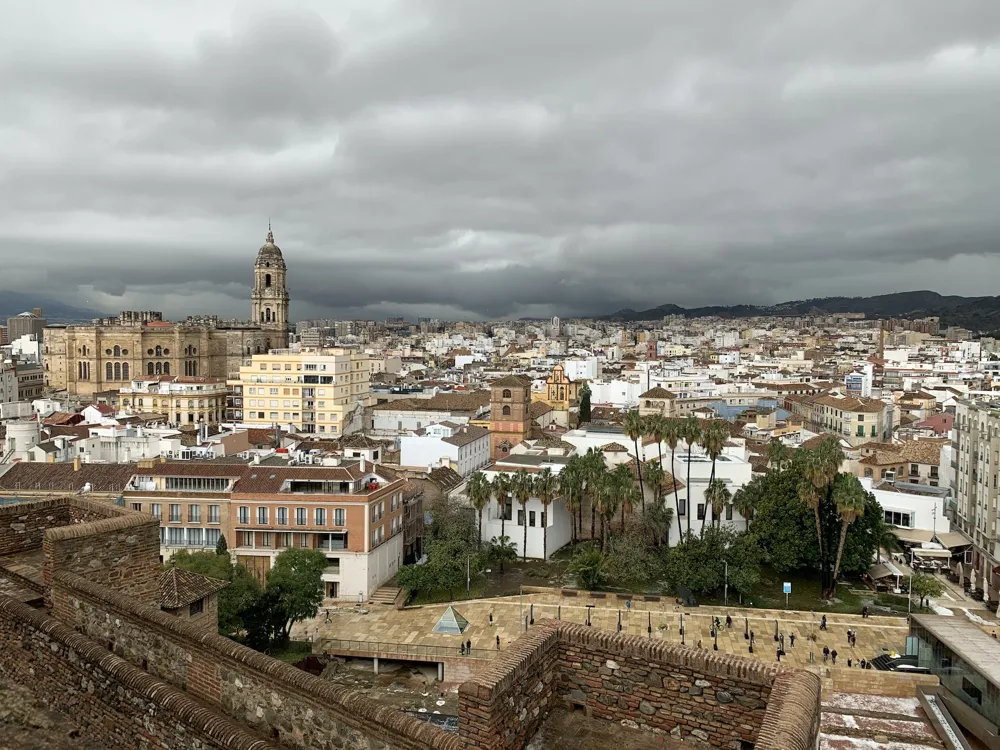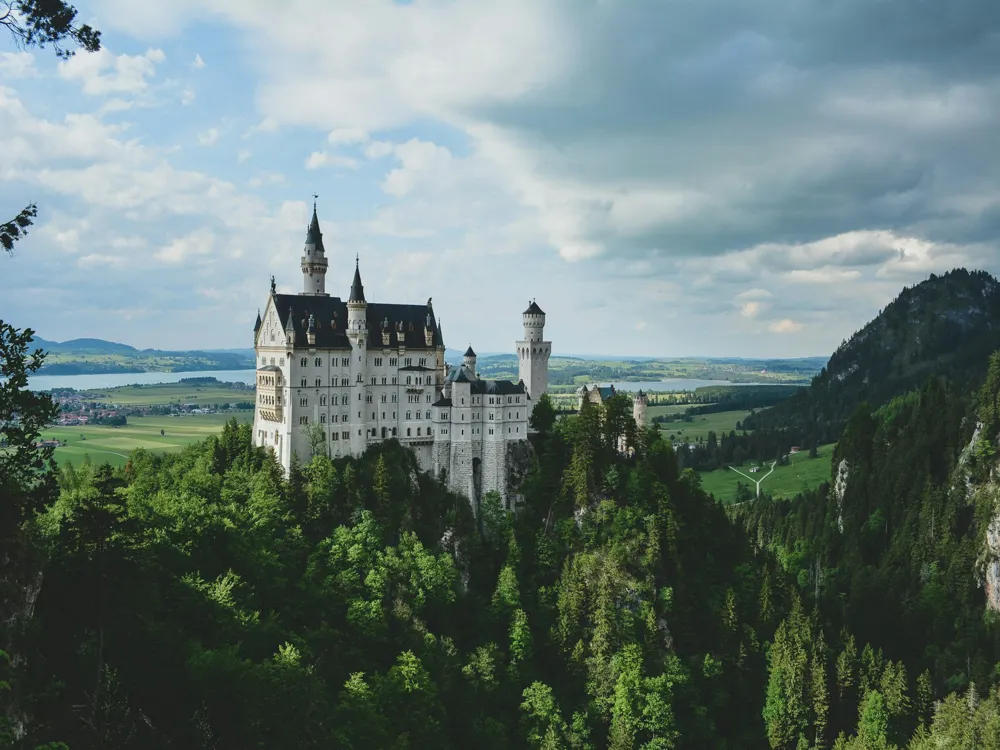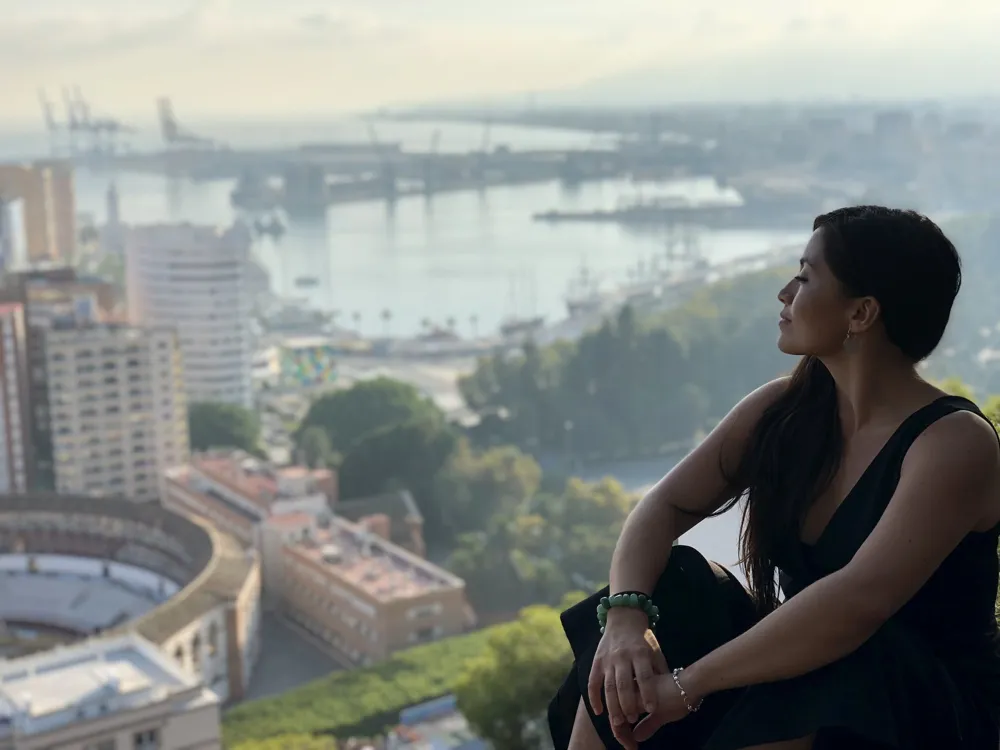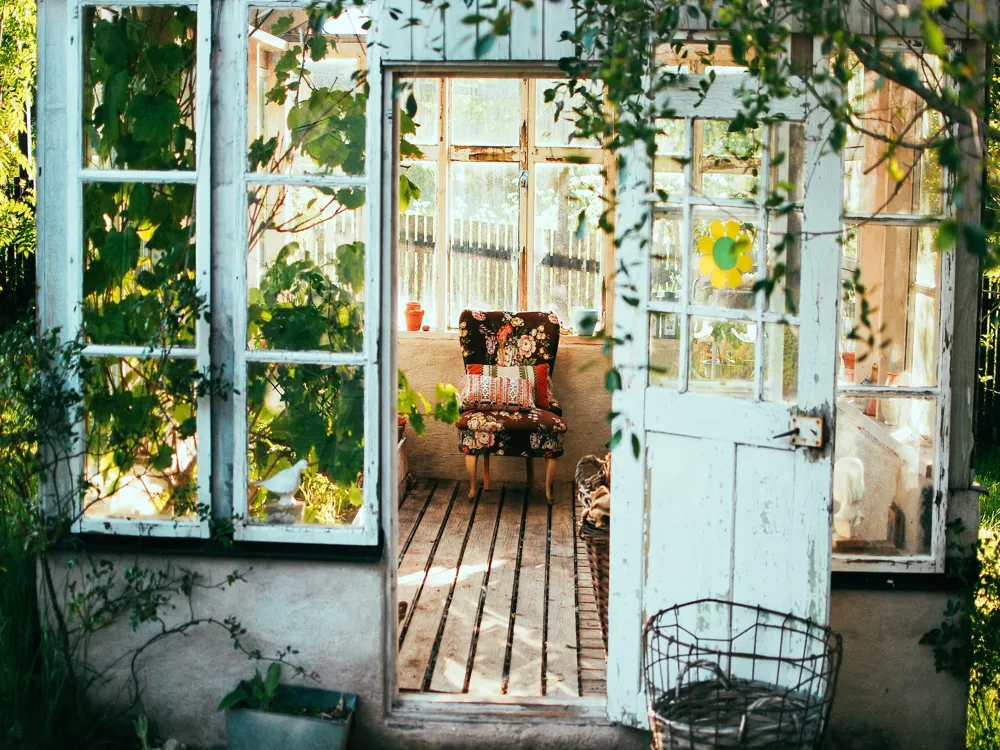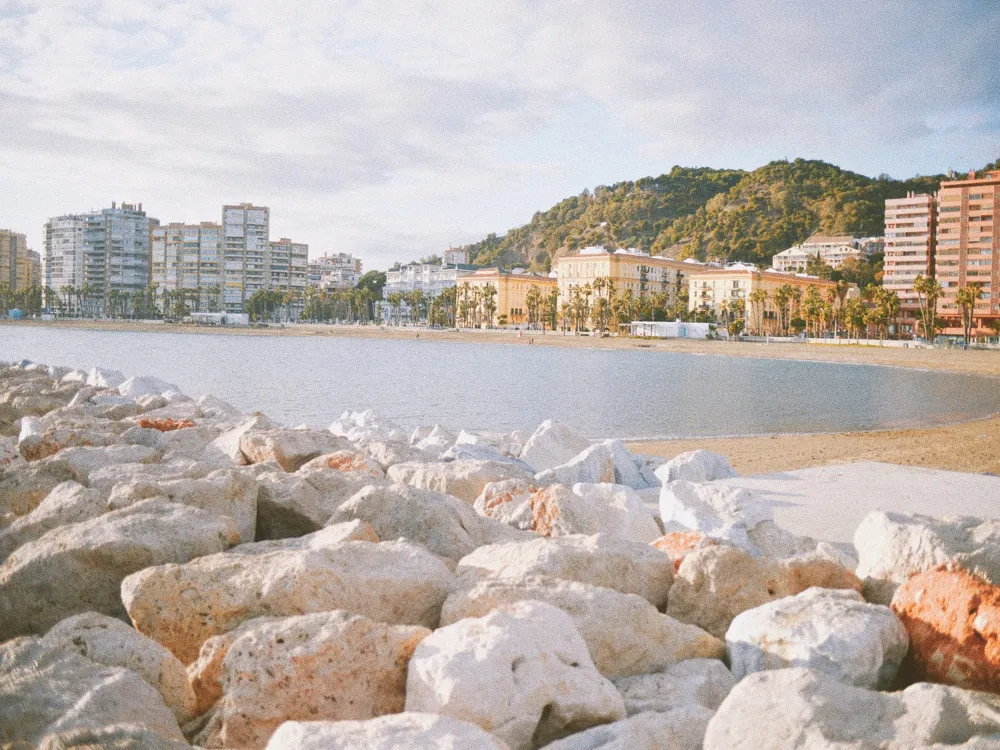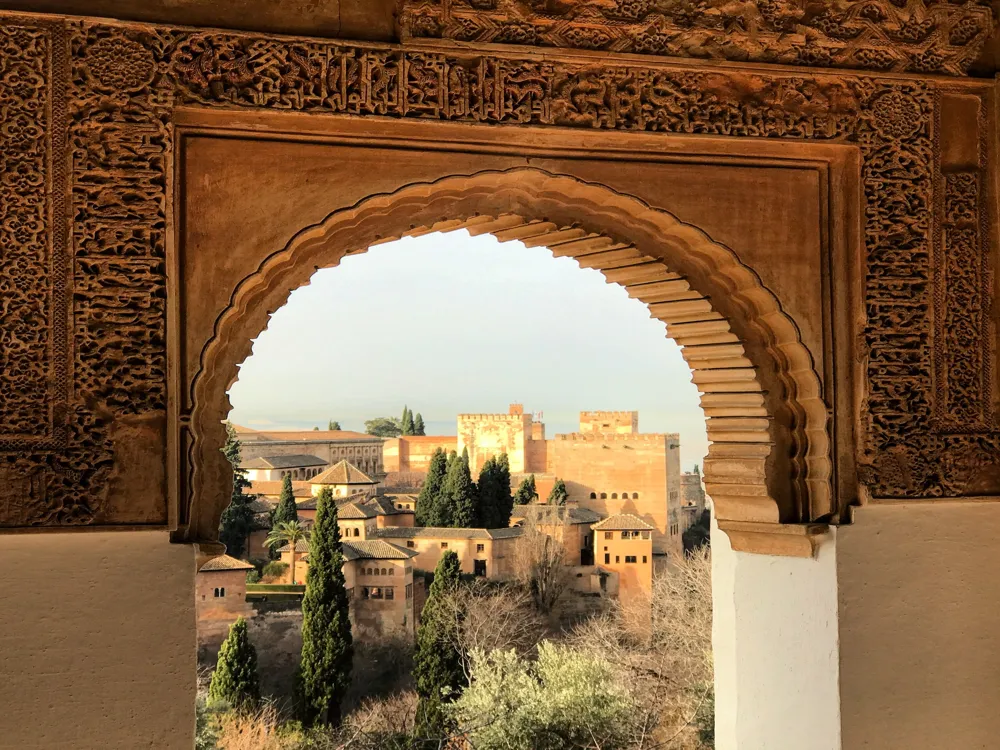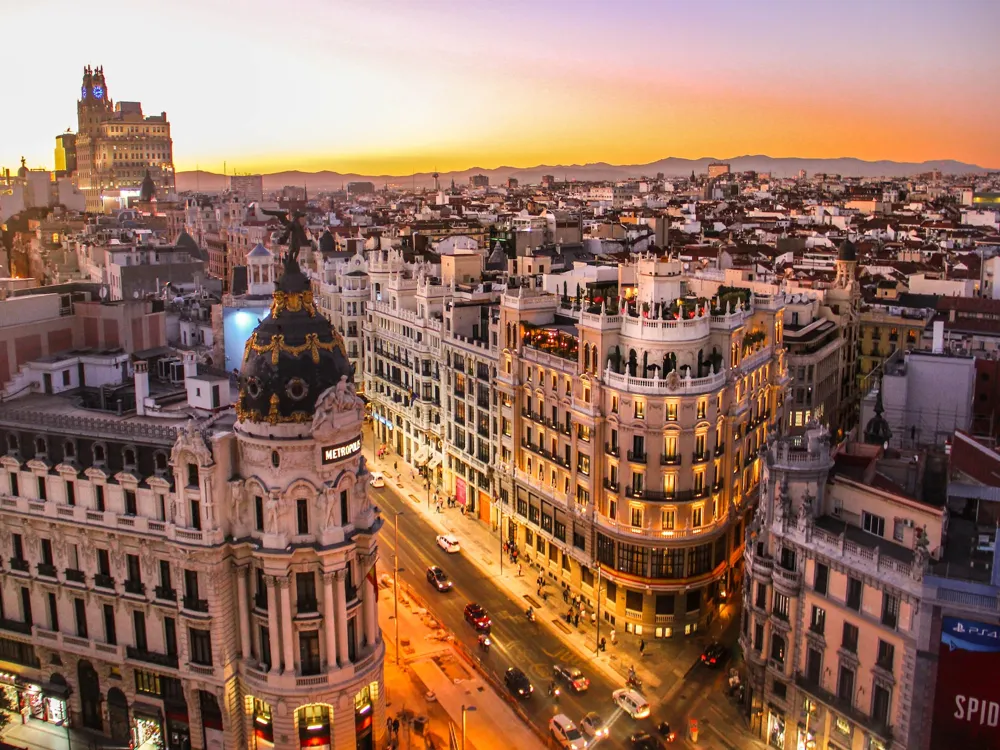Overview of Alcazaba de Malaga The Alcazaba de Malaga, a palatial fortification in the heart of Malaga, Spain, stands as a testament to the city's rich historical tapestry. Built by the Hammudid dynasty in the early 11th century, this fortress is not just a mere historical structure but a symbol of the cultural and architectural ingenuity of the Moorish era in Andalusia. Perched on a hill in the center of the city, it offers breathtaking views of Malaga and the Mediterranean Sea, making it a must-visit for history enthusiasts and tourists alike. The Alcazaba's strategic location, atop a hill overlooking the port, speaks volumes about its historical significance as a defensive stronghold. Throughout centuries, it has witnessed numerous reconstructions and expansions, reflecting various styles of Islamic architecture. This magnificent fortress is intertwined with the history of Malaga, having served as a military base, a royal residence, and now, as a historical monument. Its proximity to the Roman Theatre and the Gibralfaro Castle forms a historical complex that attracts thousands of visitors annually. Visiting the Alcazaba is like stepping back in time. Its winding pathways, lush gardens, and serene courtyards offer a glimpse into the life of Moorish royalty. The fortress is a maze of stone walls, towers, and gates, each with its own story. The Puerta de la Boveda (Vault Gate) and the Puerta de las Columnas (Gate of the Columns) are just two examples of the many architectural marvels that await visitors. Inside, the palace complex, with its intricate tile work, ornate arches, and flowing fountains, showcases the pinnacle of Moorish aesthetic. What sets the Alcazaba apart is its integration with the natural landscape. The fortress's designers skillfully utilized the hillside terrain to bolster its defenses while creating a harmonious balance with nature. The gardens within the Alcazaba, filled with aromatic flowers and lush greenery, provide a tranquil oasis, contrasting with the fortress's rugged exterior. The juxtaposition of the verdant gardens against the backdrop of stone fortifications and the azure Mediterranean sky is a sight to behold. The Alcazaba de Malaga is an architectural marvel that embodies the essence of Moorish design and craftsmanship. Its construction, primarily using locally sourced materials like limestone and wood, showcases the ingenuity of its creators. The fortress's layout, with its multiple levels and strategic positioning on the hillside, demonstrates an advanced understanding of military architecture, aimed at protecting the city from invaders. The main entrance, known as the Puerta de la Boveda, sets the tone for the architectural grandeur that lies within. This gateway, with its horseshoe arch and intricate motifs, is a prelude to the complex's aesthetic beauty. As visitors ascend through the fortress, they encounter various towers, each serving a unique purpose. The Torre de la Vela, for instance, offers panoramic views of the city, while the Torre de Maldonado houses exquisite examples of Moorish decorative art. Inside the palace complex, the fusion of Islamic and Andalusian architectural elements is evident. The Nasrid Palaces, with their stucco work, wood carvings, and tile mosaics, are prime examples of this fusion. The Patio de los Surtidores, with its central fountain and symmetrical garden layout, exemplifies the Islamic emphasis on water and gardens as symbols of life and paradise. The intricate archways, often adorned with Arabic inscriptions and geometric patterns, create an atmosphere of elegance and serenity. Another significant feature of the Alcazaba's architecture is its integration with the city's earlier Roman and Phoenician structures. The Roman Theatre, located at the foot of the Alcazaba, provides a tangible link to Malaga's ancient past. This blend of cultural influences is a testament to the region's diverse history and adds another layer of depth to the Alcazaba's architectural narrative. Although open year-round, the best time to visit the Alcazaba is during spring or autumn, when the weather is pleasant, and the crowds are smaller. Early mornings or late afternoons are ideal for avoiding the midday heat and tourist rush. Consider taking a guided tour to fully appreciate the historical and architectural significance of the Alcazaba. Knowledgeable guides provide insights into the fortress's past and its role in Malaga's history. The Alcazaba's terrain is uneven, with many steps and slopes. Wear comfortable footwear to navigate the pathways and staircases easily. The Alcazaba offers numerous photogenic spots. However, be respectful of any no-photography zones and avoid using flash inside enclosed spaces to preserve the site's integrity. While parts of the Alcazaba are accessible to visitors with mobility issues, some areas may be challenging to reach. Check ahead for available facilities and accessible routes. Reaching the Alcazaba de Malaga is convenient, as it is located in the city center. Visitors can opt for public transportation, with multiple bus routes stopping near the fortress. For those driving, parking is available in nearby areas, though it can be limited during peak tourist seasons. Alternatively, walking from the city center provides a scenic route to the Alcazaba, allowing visitors to experience the charm of Malaga's streets. Read MoreArchitecture of Alcazaba de Malaga
Tips for Visiting Alcazaba de Malaga
Best Time to Visit
Guided Tours
Comfortable Footwear
Photography
Accessibility
How To Reach Alcazaba de Malaga
Malaga Tourism
Best Time to Visit Malaga
How to Reach Malaga
Things To Do Malaga
Alcazaba de Malaga
Malaga
₹ 80,000 onwards
View malaga Packages
Weather :
Tags : Sightseeing
Timings : November – March: 9:00 AM - 6:00 PM
April - October: 9:00 AM - 8:00 PM
Entry Fee : Adult:EUR 3.50
Reduced: EUR 1.50
Groups:EUR 2.50
Combined Alcazaba and Gibralfaro
Adult:EUR 5.50
Reduced: EUR 2.50
Groups: EUR 4.00
Planning a Trip? Ask Your Question
Malaga Travel Packages
View All Packages For Malaga
Top Hotel Collections for Malaga

Private Pool

Luxury Hotels

5-Star Hotels

Pet Friendly
Top Hotels Near Malaga
Other Top Ranking Places In Malaga
View All Places To Visit In malaga
View malaga Packages
Weather :
Tags : Sightseeing
Timings : November – March: 9:00 AM - 6:00 PM
April - October: 9:00 AM - 8:00 PM
Entry Fee : Adult:EUR 3.50
Reduced: EUR 1.50
Groups:EUR 2.50
Combined Alcazaba and Gibralfaro
Adult:EUR 5.50
Reduced: EUR 2.50
Groups: EUR 4.00
Planning a Trip? Ask Your Question
Malaga Travel Packages
View All Packages For Malaga
Top Hotel Collections for Malaga

Private Pool

Luxury Hotels

5-Star Hotels

Pet Friendly







